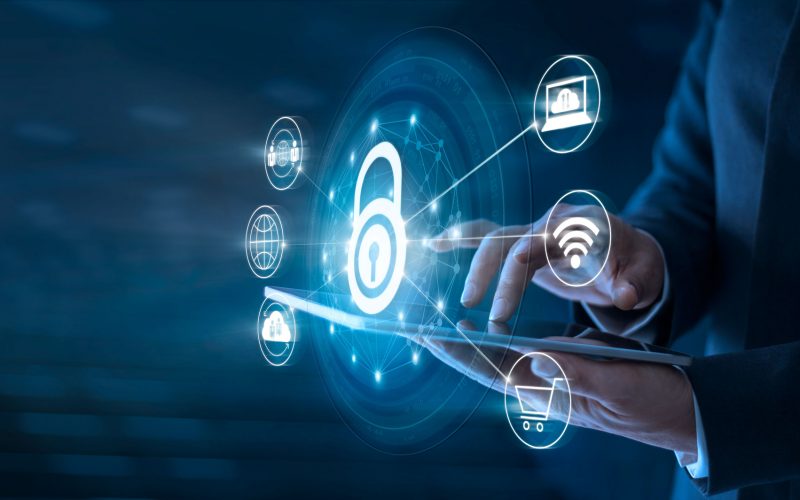Do you worry about your personal cybersecurity? You’re not alone. Almost half of Americans feel that their personal info is less safe than even five years ago.
You no doubt have heard a story in the news of someone getting their account hacked. The results of such a breach of security can be devastating – financially and personally.
It seems like hackers are always ahead of the curve and getting into even the most secure accounts.
Don’t make it easy for them. Follow these five tips in our cyber security guide and lock down your accounts.
1) Password Protection Is Essential
One of the easiest and simplest ways for hackers to take over your accounts is to crack your password. With the most popular passwords being “12345” and “password”, it’s easy to see how they get in.
Here are some easy ways to boost your password security:
Don’t reuse the same password
Don’t use easily discovered info – like a pet’s name – as your password
Make sure to change and update your password frequently
2) Delete Your Zombie Accounts
Zombie accounts are those old social media accounts you opened years ago and forgot about. Think MySpace, ICQ, LiveJournal.
If you haven’t logged into any of them for a while, they could be a personal cybersecurity risk. Those old accounts can be a goldmine of personal details that gives hackers the info they need to successfully target you.
3) Set Up Anti-Malware Software
Malware is constantly adapting and changing to look more legitimate. It can look like a legitimate, familiar link but the moment you click on it, you’ve opened your door to hackers.
The best personal security move you can make is installing anti-malware software in all of your devices. For example, something like Emailhelpr can make sure you log into your email securely.
There are plenty of options out there. Don’t forget to update it frequently once you’ve installed it.
4) Enable Two-Factor Authentication With All Of Your Accounts
A lot of email and social media accounts offer two-factor authentication. What this means is each time you log in, you get a secondary notification.
This could come in the form of a text message or an in-app notification. Once you receive this message, you’ll give access to the device you want it to trust.
Not only is this a safer way to log in, you’ll be notified if someone tries to log into your accounts.
5) Use Biometrics For Personal Cybersecurity
Biometric log ins sounds like a futuristic term – and it kind of is! A biometric is just something associated with your body – like a fingerprint, a face scan, or a retina scan.
Using something so personal to log in is safer than any password. Tons of devices and accounts offer this option these days, so it shouldn’t be hard to enable it.
Upgrade Your Personal Internet Security And Your Life
Now that you know how to upgrade your personal cybersecurity, you’re taking control of your accounts and shutting hackers out.
If you liked this cyber security guide, we’ve got tons of great info for you to improve all areas of your life.
We’ve got awesome life hacks for everything you want to know and interesting facts to wow your friends, so check back on our blog often!
